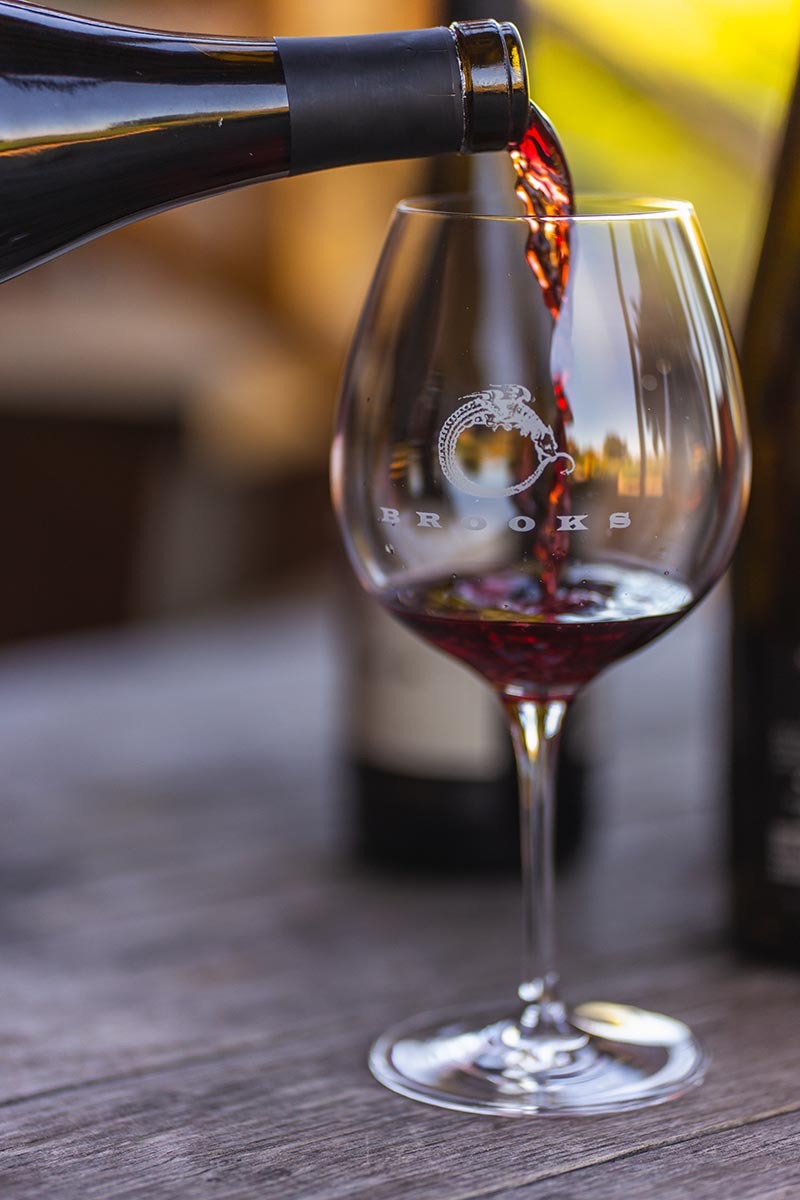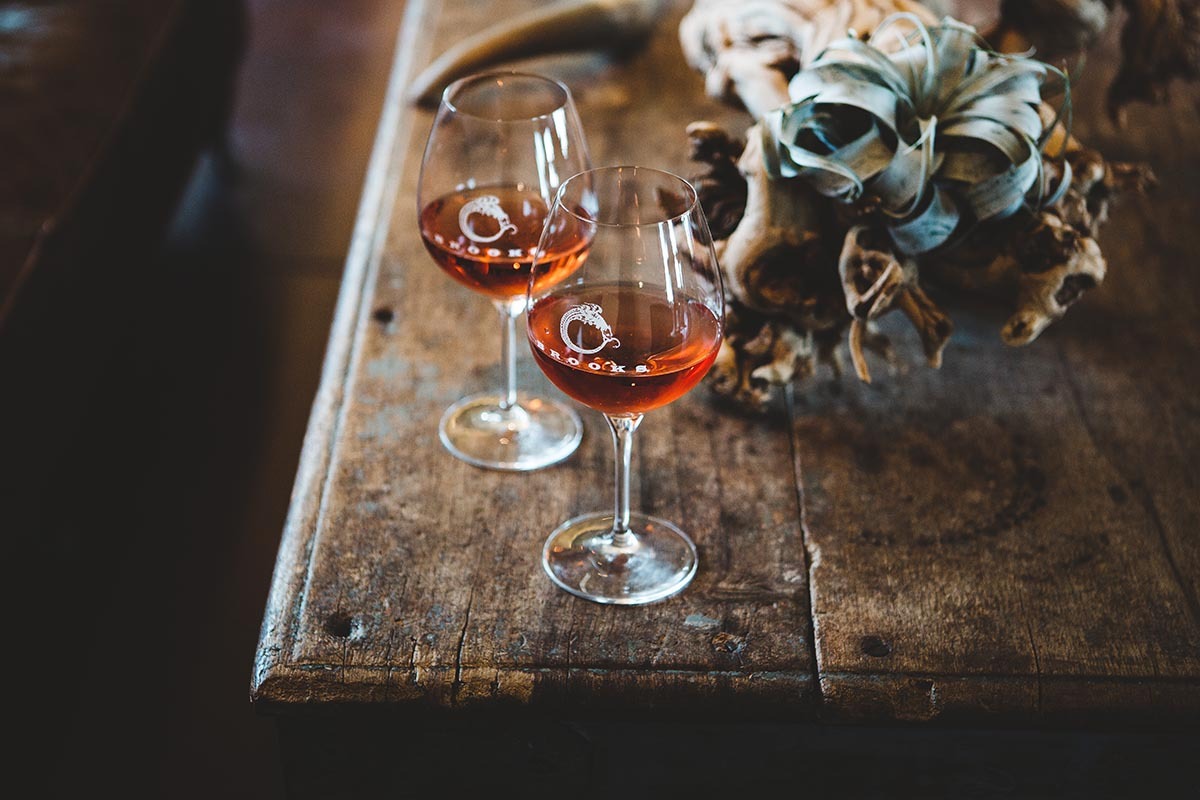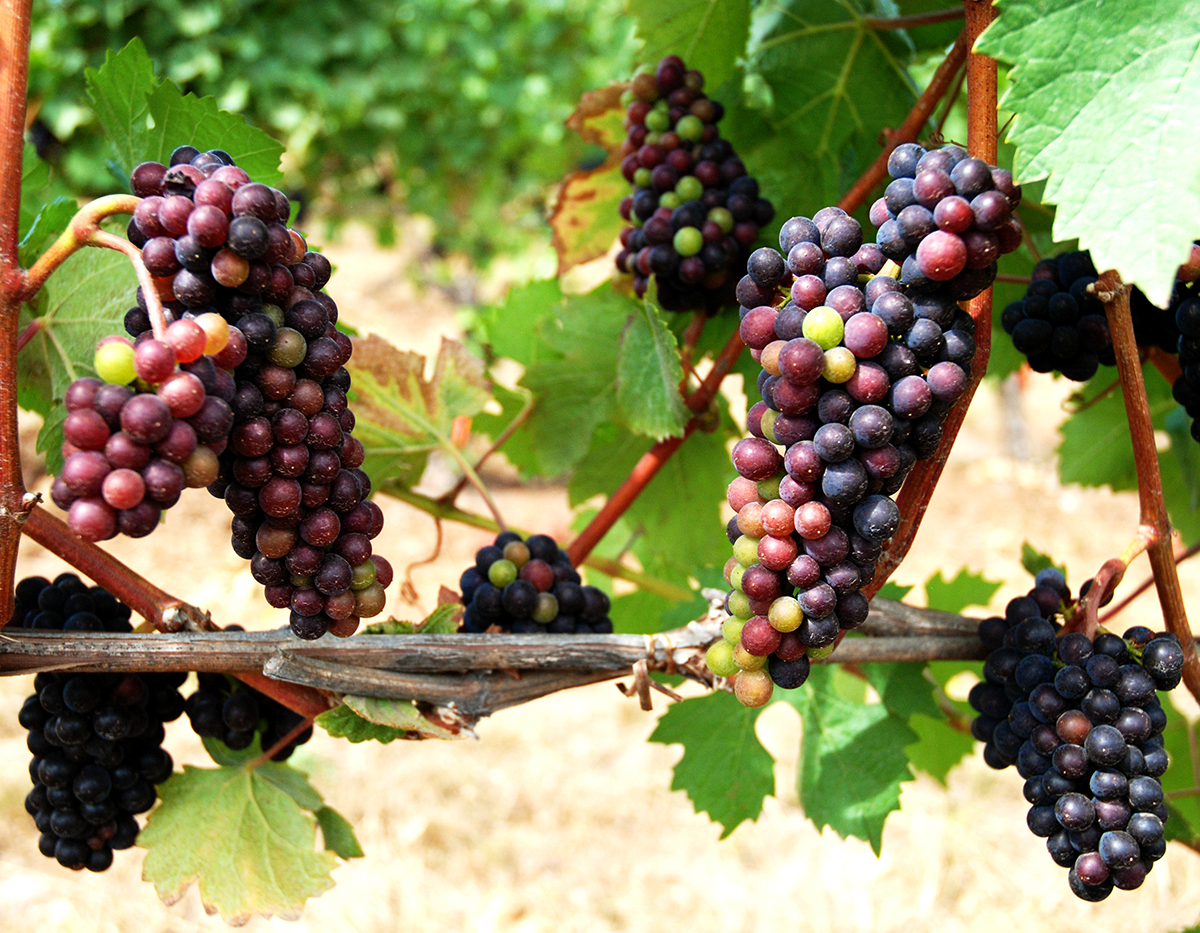Pinot Noir is revered around the globe for its elegance, complexity, and uncanny ability to express the terroir of its origin. With that ability to absorb external influences in ways that captivate the senses, the Pinot Noir grape also comes with a finicky nature and high susceptibility to vineyard hardships, earning it the nickname “The Heartbreak Grape.” As with any love, all those hurdles are well worth it. This versatile grape varietal yields a spectrum of alluring styles, from light and fruity to bold and robust. Delve into the four key styles of Pinot Noir and the factors that influence their expression.
Style #1: Light and Fruity
Style Description: Light-bodied Pinot Noir is characterized by its delicate aromas, bright acidity, and red fruit flavors such as cherry, raspberry, and strawberry. These wines often exhibit floral notes and subtle hints of spice, making them refreshing and easy-drinking.
Influential Factors:
- Minimal Oak Aging – Light-bodied Pinot Noir is typically aged in neutral oak or stainless steel to preserve its delicate fruit flavors and subtle nuances. This minimal intervention allows the purity of the grape to shine through in the finished wine.

- Cool Climate – Pinot Noir thrives in cooler climates, where slow ripening allows for the development of vibrant fruit flavors and balanced acidity. Regions like Burgundy, France, and parts of Oregon’s Willamette Valley are known for producing light and elegant Pinot Noir.
Style #2: Medium-Bodied and Silky
Style Description: Medium-bodied Pinot Noir strikes a balance between fruitiness and complexity, offering a silky mouthfeel and layers of flavor. These wines showcase a broader spectrum of fruit characteristics, including ripe berries, plum, and hints of earthiness or forest floor.
Influential Factors:
- Moderate Climate – Regions with a moderate climate, such as California’s Russian River Valley and New Zealand’s Central Otago, produce medium-bodied Pinot Noir with optimal ripeness and depth of flavor. The moderate temperatures allow for extended hang time, resulting in more developed fruit profiles.
- Barrel Aging – Medium-bodied Pinot Noir often benefits from aging in oak barrels, which impart additional complexity and texture to the wine. French oak is commonly used, contributing notes of vanilla, spice, and subtle oakiness that complement the fruit-driven characteristics.
Style #3: Bold, Robust, and Earthy
Style Description: Bold-bodied Pinot Noir is characterized by its rich, intense flavors, velvety tannins, and full-bodied mouthfeel. These wines exhibit ripe dark fruit flavors such as black cherry, plum, and blackberry, often accompanied by notes of baking spices, cedar, and tobacco.
Influential Factors:
- Warm Climate – In regions with warmer climates, such as California’s Sonoma Coast and Australia’s Mornington Peninsula, Pinot Noir can achieve higher levels of ripeness, resulting in bolder and more robust wines. The increased sun exposure leads to greater concentration of flavors and tannins.
- Extended Maceration and Oak Aging – Bold-bodied Pinot Noir may undergo extended maceration and aging in new oak barrels to enhance structure and complexity. This process extracts more color, tannins, and flavor compounds from the grape skins, contributing to the wine’s intensity and aging potential.

Style #4: Sparkling and Rosé
Style Description: Pinot Noir is also used to produce sparkling wines and rosé, each offering a unique expression of the grape. Sparkling Pinot Noir, such as Champagne or Blanc de Noirs, showcases lively acidity, crisp fruit flavors, and delicate bubbles. Rosé Pinot Noir exhibits vibrant pink hues, refreshing acidity, and bright berry aromas, making it perfect for warm-weather enjoyment.
Influential Factors:
- Production Method – Sparkling Pinot Noir undergoes secondary fermentation in the bottle (traditional method) or tank (Charmat method), resulting in the formation of bubbles. Rosé Pinot Noir is produced by allowing limited skin contact during the winemaking process, extracting just enough color and flavor to achieve the desired hue and profile.
The diverse styles of Pinot Noir offer something for every palate, from light and fruity to bold and robust. Understanding the influential factors such as climate, winemaking techniques, and aging processes provides valuable insight into the complexities of this beloved grape varietal. Whether you prefer a delicate Burgundian or Willamette Valley Pinot Noir or a bold Californian or Australian rendition, exploring the nuances of Pinot Noir is a journey worth savoring. Let us lift our glasses to celebrate the diversity of Pinot Noir and the endless possibilities it brings to the world of wine!
